brc
Here is a List of the 14 Hands-on Riding Exercises in the Course:

Motorcycle Familiarization Review T-CLOCS pre-ride inspection
Identify location and operation of important controls and major parts
Review mounting/dismounting procedures
Review elements of good posture Using the Friction Zone Become skilled in using the clutch friction zone for control Starting & Stopping Drill Coordinate the friction zone, throttle, and brakes to control the motorcycle
Start out and stop with precision and control Shifting & Stopping Shift gears and stop smoothly Basic Skill Practice Refine low-speed maneuvering skills
Refine throttle use and brake manipulation for corners Pressing to Initiate and Adjust Lean Understand the maneuvering elements needed for negotiating curves
Experience the effects of handgrip pressure and handlebar movement to initiate and adjust lean Stopping More Quickly & Tight Turns from a Stop Develop a feel for progressive braking pressure to stop more quickly without skidding
Practice making a sharp turn from a stop Stopping Distance Demonstration Observe a demonstration of the reaction/braking parts of total stopping distance
To understand effects of speed on braking distance
To relate the results to intersection strategies Limited-Space Maneuvers Refine maneuvering skills to allow turns in limited spaces
Learn the counterweighting technique Stopping in a Curve Learn to maintain control while stopping in a curve
Understand traction management Curve Judgment Improve skills for negotiating multiple curves
Understand the “search-setup-smooth” strategy Multiple Curves & Lane Changes Practice negotiating curves and lane changes
Understand safety margins and gap selection Crossing an Obstacle & Swerving Learn techniques for crossing over obstacles
Execute a basic swerve
Practice turning from a stop
Refine slow-speed weaves Skill Practice Capstone exercise that combines a variety of maneuvers
Skill Test
To assess basic skills using a cone weave, normal stop, turning from a stop, U-turn, quick stop, obstacle swerve, and cornering maneuver.
To demonstrate basic motorcycle control skills and ability to avoid an obstacle
To demonstrate ability to use the proper technique to negotiate a curve
The course concludes with a classroom knowledge test and hands-on a riding skill evaluation. Once your RiderCoach hands you the course-completion card, you’ll be happy knowing that you’ve gone the extra mile to develop your own safe riding techniques.
There are benefits to taking a RiderCourse besides learning important skills and strategies: Most states waive the riding portion of your motorcycle endorsement test if you’ve successfully completed the Basic RiderCourse, and your insurance company might provide a discount on your insurance. Be sure to ask your agent.
Course fees vary depending on where you live. Some motorcycle distributors and brand-sponsored clubs have programs to reimburse you for all or part of the tuition. With more than 2,500 RiderCourse sites across the country, there is probably one near you.
Motorcycle License VA
Q: “When is your next available course?”

See Calendar. Hover over a date and click “REGISTER” to sign up today.
Q: “I have never ridden a motorcycle in my life. Is the Basic RiderCourse for me?”
Yes! The Basic RiderCourse (BRC) is meant for a wide range of skill levels, from beginners to those with experience wanting to fine-tune skills and learn additional strategies for safety. We just ask that you be able to balance a two-wheeled bicycle before taking this course. That said, if you have zero experience using a clutch or riding a motorcycle, ask us about our optional but valuable 2-hour Introductory Motorcycle Experience (IME) to get practice before taking the BRC. The IME is typically held Friday afternoons once or twice a month from March — October.
Q: “I want my 2-wheel motorcycle license. Where do I start?”
The Basic RiderCourse is the best place to start once you’ve made the decision to ride. Again, if you have zero experience using a clutch or riding a motorcycle, consider our optional but valuable 2-hour Introductory Motorcycle Experience (IME) to get a taste of motorcycling before taking the BRC.
Q: “Can I take the class if I am age 18 or under?”
Absolutely! Any person with a valid Virginia driver’s license or driver’s permit may take the class, as young as age 15 1/2. (See next question for info on motorcycle learner’s permits for those age 17 or under).
Q: “Do I need a motorcycle learner’s permit to take your class?”
A motorcycle learner’s permit is not required to PARTICIPATE in the class, no matter what your age. Upon successful completion of the Basic RiderCourse, you will be issued the M2 (2-wheel motorcycle) license certificate on site. However, please note: if you are age 17 or under, the Virginia DMV does require you to obtain and hold a learner’s permit for 9 months before you may RIDE on your M2 license (you may take the class during these 9 months if you wish, but you cannot turn our paperwork into the DMV until the 9 months are up OR until you turn 18). See https://www.dmv.virginia.gov/drivers/#m_learners.asp for more information or text your question to (540) 478-5348.
Q: “Will I get my motorcycle license if I complete the class?”
Upon successful completion of the Basic RiderCourse (which means you attended all sessions and passed both the knowledge and skills exam), you will be issued a temporary 30-day M2 (2-wheel motorcycle) license on site, valid when carried with your VA driver’s license. You must show this paperwork to the DMV, and DMV will add the “M2” endorsement to your driver’s license. You have 1 year from your class date to show paperwork to the DMV before it expires.
Q: “My driver’s license is from out of state. Will I get my M2 license if I pass your class?”
Our class is certified by the national Motorcycle Safety Foundation, and we do occasionally get students from out of state who earn their M2 through our class. It is however the student’s responsibility to check with his/her state’s DMV to ask if they will accept our training program or “the nationally taught Basic RiderCourse held in Virginia.”
Q: “Do you offer 3-wheel (M3) motorcycle classes?”
We do not offer 3-wheel motorcycle classes at this time. We hope to in the future.
Q: “What happens if I do not pass the class?”
The student must successfully pass both the knowledge and skills exam in order to receive the M2 license. If a student fails either of these exams, the DMV requires the student to retake the entire class. Riders In Motion allows each of our students to retake the class at half-price. Contact us for instructions on how to get the half-price discount.
Q: “I’ve enrolled in the class! What do I need to bring?”
Bring a highlighter for classroom. For range, students are required to wear:
Sturdy, over-the-ankle shoes/boots (non-canvas); ankle bone must be covered Long pants (something durable for your protection, not thin leggings; jeans are acceptable) Long sleeve shirt Full-finger gloves (motorcycle or leather gloves preferred) Eye protection (your helmet face shield is a great option; or shatter-proof eye glasses or sunglasses if your helmet doesn’t have a face shield) Full or 3/4 face DOT-approved helmet (no half shells)
You will also want to bring snacks and PLENTY of water. Motorcycles will be provided for the course.
Q: “What types of motorcycles do you provide for the class?”
All our motorcycles are generally 250cc or less; we find students are more successful on bikes with these smaller engines. The types vary, but our fleet generally includes cruisers and/or sport tour bikes. Motorcycles will be provided for the course but please note, per company policy, that students are responsible for any damages to Riders in Motion motorcycles. By registering for this course, you agree to be financially liable for damages to Riders in Motion motorcycles while in use during this class.
Q: “Where are you located?”
Meet first at our classroom, located at Blue Ridge Powersports (20 Heritage Drive, Harrisonburg, VA 22801). Our motorcycle range is located north in Broadway (399 East Lee Street, Broadway, VA 22815).
Q: “Is class still held in rain/ snow?”
We hold class rain or shine! Realistically, motorcyclists must learn to ride in many types of weather. Bring a rain jacket if rain is in the forecast. We also hold winter training – however if snow/ice requires us to reschedule the class, we will notify you and reschedule without penalty.
Q: “How much does The Basic RiderCourse (BRC) cost? The Introductory Motorcycle Experience (IME)?”
The BRC costs $349 for weekdays and $379 for weekends. The IME is $45. There are no other hidden fees, and the motorcycle for the class is always included in the price. Ask about our military/ police discount — we are proud to support our men and women who protect and serve our country.
MSF Introductory Motorcycle Experience (IME)
MSF Introductory Motorcycle Experience (IME)
A two-hour, first-touch experience with a motorcycle and not designed to teach a person to ride. As a familiarization program that points out the primary parts and controls of a typical motorcycle, it helps a potential rider determine whether motorcycling is a good personal choice. Special attention is given to clutch lever use and the controls used to start out and stop. A person is given the option to manipulate the controls while astride a motorcycle, and is led into a MSF Basic RiderCourse (BRC) as a formal way to learn to ride. Also embedded in the experience is a self-assessment component to ensure a person is aware of the risks and requirements for being a good, safe and responsible rider.
* This is not a License Waiver Course.
Tuition for IME is $175.00
Click here to register for our MSF IME at Greenfield Community College
What to expect:
- 2-hours of motorcycle experience
- Motorcycle Overview
- Control Operation
- Experiences the fiction zone (Operates the clutch lever)
- Moving Out and Stopping Smoothly
- Motorcycles and helmets are provided
We are using Honda Nighthawks (250cc) and Honda Rebels (250cc).
What to bring and what you MUST wear:
- Food/beverages for breaks and lunch - Long-sleeve shirt or jacket
- Long pants (heavy denim or riding pants recommended)
- Over-the-ankle boots (sturdy, NOT canvas)
- Eye protection (sunglasses, full-face helmet with visor is okay)
- Full-finger gloves
- No exposed skin or ripped clothing
*** We provide 3/4-face helmets ***
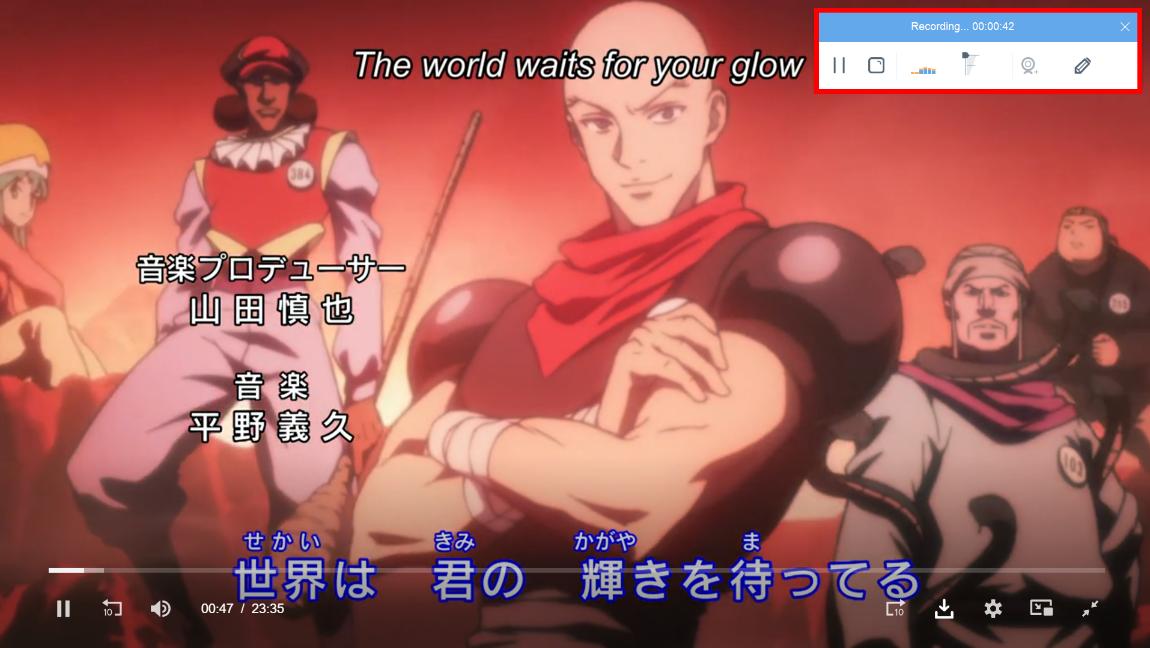
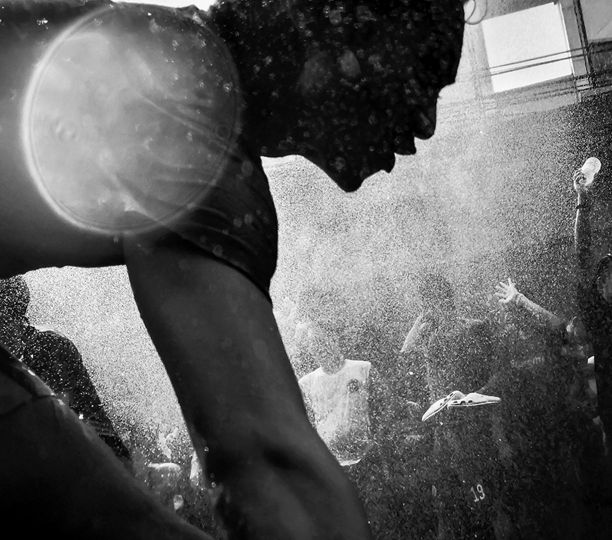
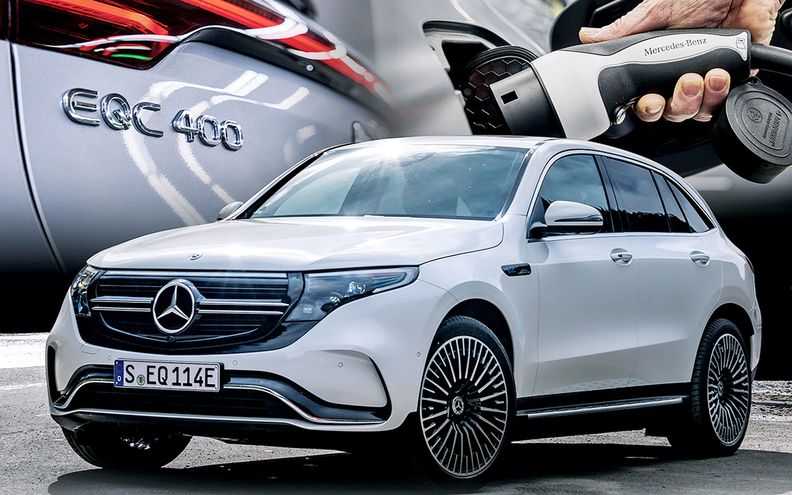


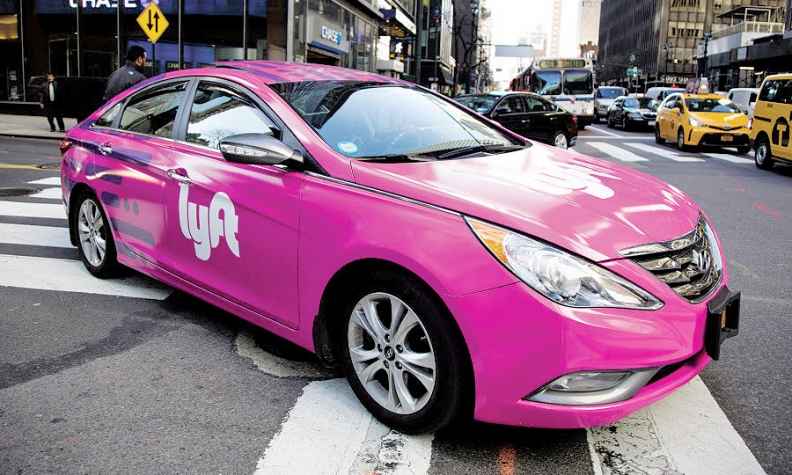
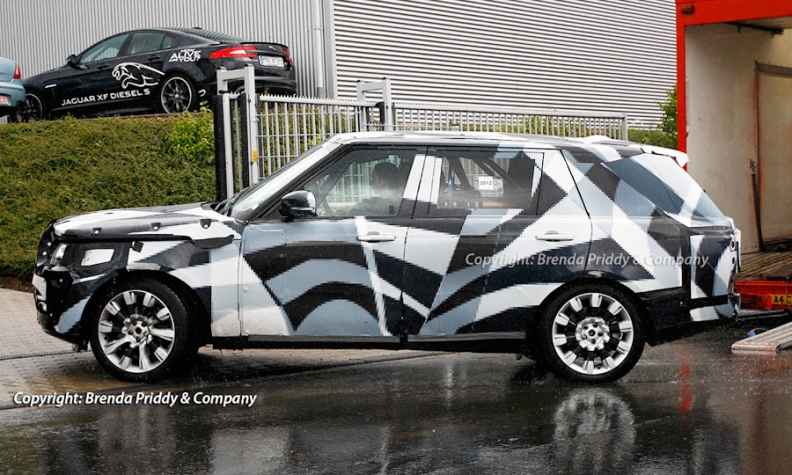
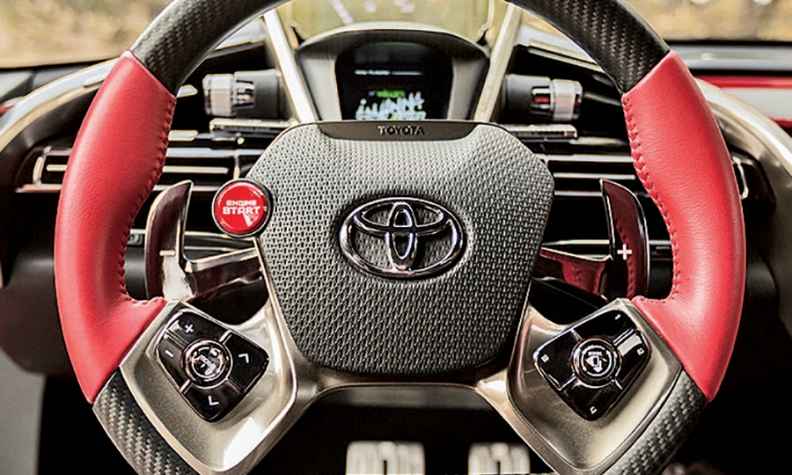
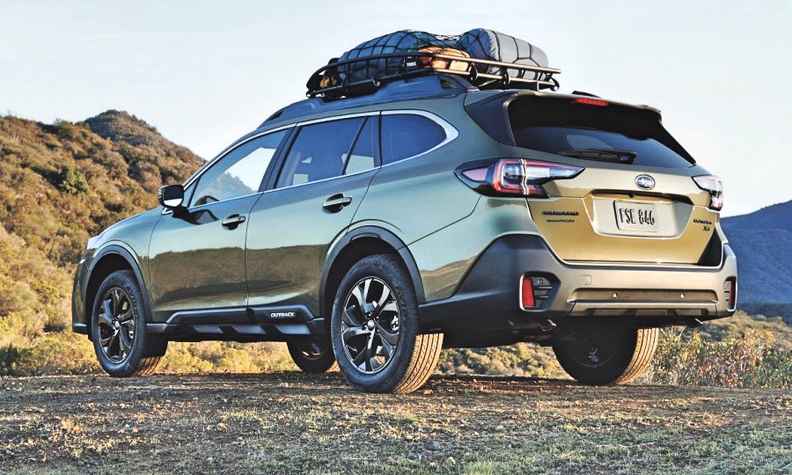
Post your comment